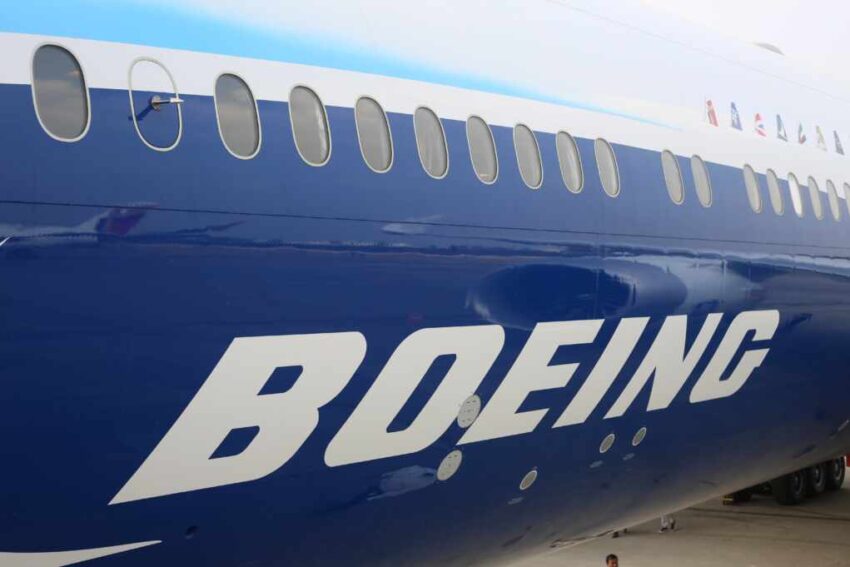The shocking Air India Boeing 787 disaster on June 14, 2025, left the world stunned and searching for answers.
At a Glance
- An Air India Boeing 787 crashed in Ahmedabad, India, resulting in 270 deaths.
- The aircraft struck a medical college hostel in a residential area shortly after takeoff.
- The only survivor is under observation at a local hospital.
- The crash is under investigation by a high-level committee to enhance aviation safety.
Immediate Tragedy and Efforts
The Air India Boeing 787, on its way to London, tragically ended its journey over Ahmedabad, taking 270 lives, including 29 on the ground. The collision with residential structures, notably a medical college hostel, resulted in an overwhelming devastation. Among the victims, a lone, miraculous survivor is being treated and closely monitored at the Civil Hospital, where relentless rescue operations continue to unravel amidst despair and hope for life among the wreckage.
The 787’s black box, now key to deciphering the mystery behind this tragedy, has been recovered, offering critical insights into potential mechanical or procedural failures that may have occurred moments before the crash. Recovering and identifying the remains of victims remains a priority, with DNA samples being collected from relatives, despite the understandable frustration due to slow progress.
Investigative Actions and Safety Measures
To prevent a repeat of such a catastrophe, a high-level government committee is focusing on possible engineering flaws and procedural errors. Particular attention is being given to aspects such as wing flap settings, engine power, and cockpit alarms. Notably, inspections have already commenced on other Boeing 787s within Air India’s fleet, with eight of 34 aircraft evaluated so far. This swift response is paramount, especially since this crash marks the first fatal incident involving a Boeing 787 in its history of operations.
With pressure from affected families and international stakeholders, the call to bolster safety measures resonates louder than ever. Previous incidents of safety concerns with Boeing aircraft heighten the urgency to address these vulnerabilities. Aviation authorities are leaning heavily on the black box data to piece together the final moments before the fatal crash.
Future of Aviation Safety
This tragic event serves as a grim reminder of the unpredictability of air travel and the paramount importance of stringent safety standards. As investigations unfold, they promise to unearth systemic areas for improvement across manufacturing and operational protocols. Globally, aviation entities must focus on proactive risk reduction strategies, ensuring that every step aims at securing lives, maintaining trust, and averting avoidable disasters.
Whether through technological advancements or policy enhancements, the aviation industry’s pursuit of safety should always be one of unwavering resolve. The lessons drawn from the Air India crash should not only be woven into Air India’s practices but also resonate worldwide, reminding us why safety should never be an afterthought.
Click this link for the original source of this article.
Author: Editor
This content is courtesy of, and owned and copyrighted by, https://conservativeamericatoday.com and its author. This content is made available by use of the public RSS feed offered by the host site and is used for educational purposes only. If you are the author or represent the host site and would like this content removed now and in the future, please contact USSANews.com using the email address in the Contact page found in the website menu.








